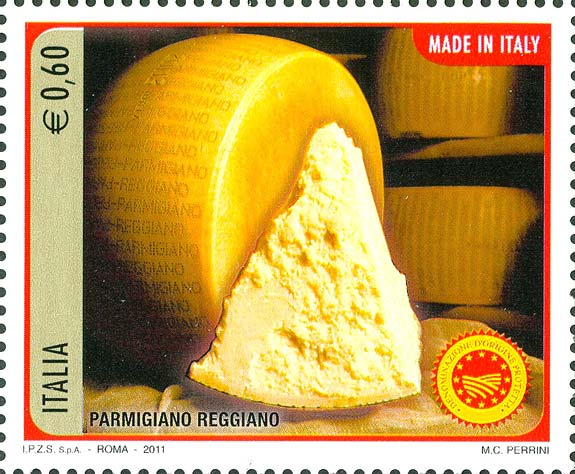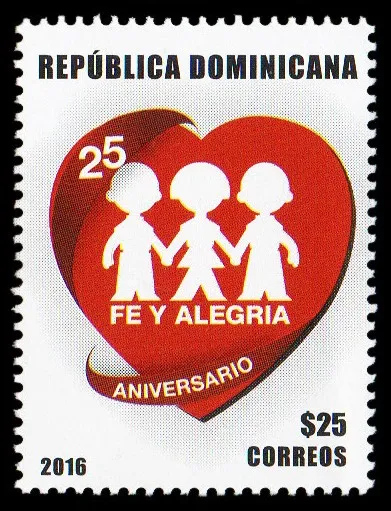
The stamp made its first appearance in Italy on June 1, 1850, when the Lombardo-Veneto Kingdom issued its first series called "Aquila Bicipite", which included five different values.
Within a few months almost all other Italian pre-unitary states were stamps: on 1 January 1851 the Kingdom of Sardinia gave the prints its first series, the 20 cents (for the whole state) and the 5 cents (for the city) bearing the effigy of Vittorio Emanuele II, while on 1 April the next time was the turn of the Grand Duchy of Tuscany with a series of six values in skulls depicting the Marzocco, coat of arms of the Grand Duchy. The other pre-unity states followed: on 1 January 1852 the Papal State and in June of the same year the Duchy of Modena and the Duchy of Parma.
The last of the ancient Italian states to adopt the stamp was the Kingdom of the Two Sicilies, which adopted it on 1 January (1858) for the continent and the following year extended it to Sicily, with a series of 7 values in grain, all pink. Of these, the 1⁄2 pink grain (called "Trinacria") became a great rarity after the Garibaldian government just settled in Naples took over the printing plate to transform the value into 1⁄2 turns and using the blue instead of the rose. This stamp, which remained in circulation for only one month, is among the rarest in Italian postal history.
Following the unity of Italy, the stamps of the Kingdom of Sardinia were extended to the new Saudi possessions, so the first Sardinian stamp (the 5 black cents of January 1851) is also considered the first truly "Italian stamp".
In 1861 under the government of Camillo Benso di Cavour Count Giovanni Barbavara of Gravellona as general manager of the Sarde Posts was reintroduced as general director of the Italian Post Offices who began their activity. The first post-unitarian issue took place on February 24, 1862, when the 10 bistro cents were released with the effigy of Vittorio Emanuele II, analogous to the Sardinian one of 1855, but with dentellation.
Only in April 1863 was issued the first stamp prepared for the Italian mail and on which appeared for the first time the word "francobollo italiano": the value from 15 c. designed by the typographer and engraver of the Kingdom of Sardinia Francesco Matraire. Finally, on 1 December 1863 he saw the light of the first series expressly designed to cover the postal rates of the Kingdom of Italy, which was curiously printed in England by the typography De La Rue.

